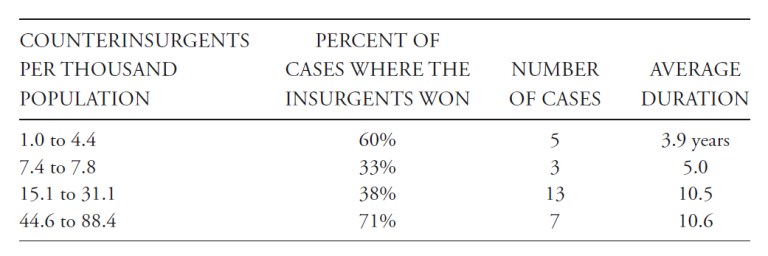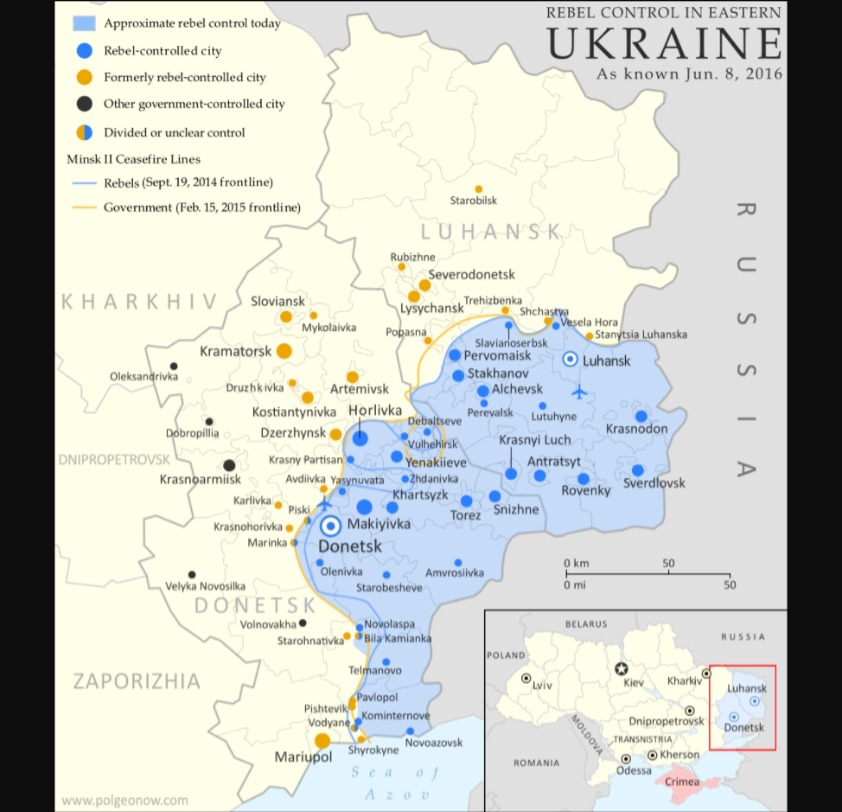My opinion of this potential conflict is summarized in these two posts.
So Is Russia going to actually attack Ukraine? | Mystics & Statistics (dupuyinstitute.org)
Russian Invasions | Mystics & Statistics (dupuyinstitute.org)
The first post “Russian Invasions” was made on 5 December 2021. The next one was done on 22 January 2022. Over the last two months, nothing that has happened has changed my opinion.
If I was going to invade Ukraine, I would use surprise, overwhelming force and hit them during good weather. This is not what is happening right now. So, I still have a hard time believing we are about to see a major conventional war starting this month.
On the other hand, a lot of people are saying something very different. Let me address a few of their points:
Time:
Apparently, the current U.S. administration is saying that the attack may happen in the second half of this month. To quote from the New York Times article by Helen Cooper and David E. Sanger that I found here: U.S. Warns of Grim Toll if Putin Pursues Full Invasion of Ukraine
“Should Mr. Putin decide to invade, American officials believe he is not likely to move until the second half of February.”
So, maybe a five-week campaign season? Two weeks in February and maybe three weeks in March. In 1943, the German offensive past Belgorod was called off around 24 March 1943 because of mud. Don’t know if “mud season” arrives sooner now and have not done any analysis of the currently mobility of the modern Russian army in poor weather conditions, but I am guessing it will still be a problem. The “American officials” quote in the NYT article are apparently aware of this with their next sentence “By that point, more ground will have frozen, making it easier to move heavy vehicles and equipment….”
So… five, maybe six, weeks campaign season, then mud.
As they note in the NYT article “…the officials warned that if Mr. Putin chose the most aggressive of his options, he could quickly surround or capture Kyiv…”
Maybe. Back in 1943, the Russians during the Battle of Kursk started their offensive north of Belgorod on 3 August 1943 and took Kiev on 6 November 1943. I am assuming that the 170,000+ Ukrainian Army will have some ability to slow the Russians down (unlike the Afghani army in August of last year).
Force Levels:
I gather Russia currently has around 110,000 troops and according to NYT “…the Russian military had assembled 70 percent of the forces it would need to mount a full invasion of Ukraine…who assessed that Mr. Putin had concluded that he would need some 150,000 troops from 110 battalion tactical groups to conquer Ukraine….”
So, they will have 150,000 troops “…to conquer Ukraine…”. I gather this includes the “Thirty thousand troops…now in Belarus.”
The Ukrainian Army is 170,000+. Now, I do not know how good the Ukrainian Army is relative to the Russian Army. Suspect the Russian communications, recon, spotting and artillery are pretty good (see: The Russian Artillery Strike That Spooked The U.S. Army | Mystics & Statistics (dupuyinstitute.org)). They will certainly have air superiority (unless NATO decides to directly support Ukraine). So, they will have the advantage. The range of casualty estimates (see below) seem to give credit the Russians with a 1.7-to-1 to 2.5-to-1 advantage in casualty effectiveness.
Still, I do expect the Ukrainian army, on the defensive, in prepared positions, fully warned, recently supplemented, and maybe somewhat motivated to defend their homeland, is something more than just speed bumps. I don’t really see how Russia is going to take Kiev in a five-week campaign.
Casualties:
This one gives me real heartburn. My suspicion is that the officials briefed “casualties” and it ended up in the NYT as killed. Keep in mind “casualties” include killed, wounded, wounded and later died of wounds, missing and captured (and deserters). The number of wounded usually outnumbers the number killed by 3- or 4-to-1 and sometimes as high as 10-to-1. I do have a full chapter on the subject in my book War by Numbers.
The NYT says “…potential deaths…of 5,000 to 25,000 members of the Ukrainian military…”
25,000 deaths times three wounded per person killed is 100,000 casualties. 100,000 casualties from a force of 170,000 is almost 60% losses. Are they really talking about an army-level force taking 60% losses in a five-week campaign? That has not happened a lot. Do those losses include the various reserves and militias that Ukraine can call up? If so, the numbers mesh together better.
The armed forces of Ukraine are 215,000 active (2022). Their reserves are 250,000 (2022). Available for military service is 11,139,646, ages 16-49 (2015). Fit for military service is 6,979,035 (2015). Reaching military age annually is 470,406 (2021). So, how big of a Ukrainian military are we talking about here? 170K in ground forces, or half-million or more counting reserves, militia and new call-ups? If Ukraine calls up its reserves and draft militia, is Russia really going to take (and hold) a lot of Ukraine with an army of 150,000? Anyhow, a lot of things don’t match up here. Perhaps that is because the NYT did not properly quote the “officials,” perhaps because of the details of some of the scenarios they drafted (which may be improbable), or perhaps because they have garbled their calculations (this has happened before, remember Afghanistan in August 2021).
Anyhow, it is hard for me to evaluate the data in the NYT article. In the meantime, I will stick to my opinions given in my first two blog posts on the subject.


